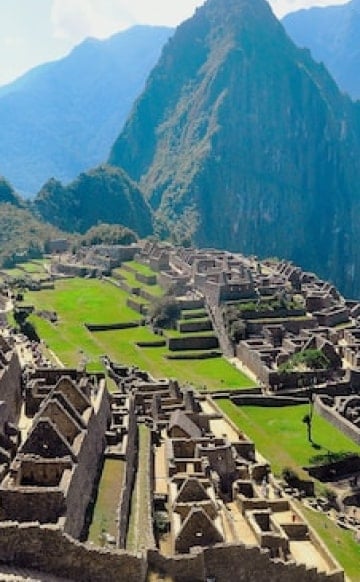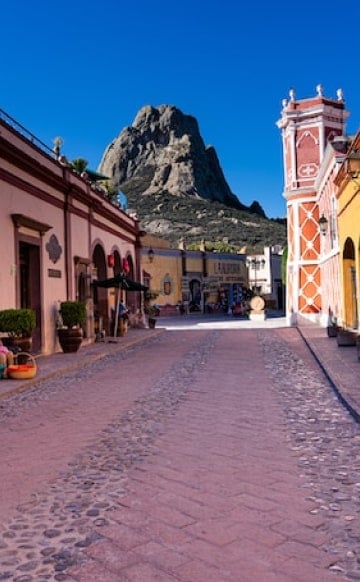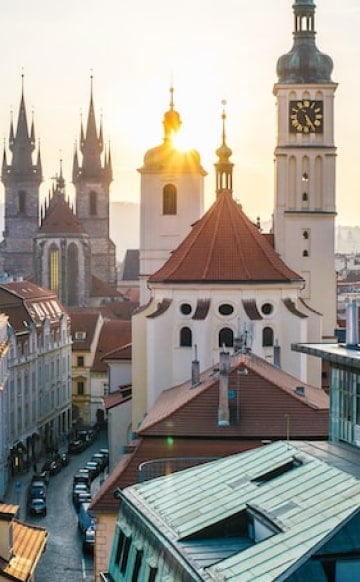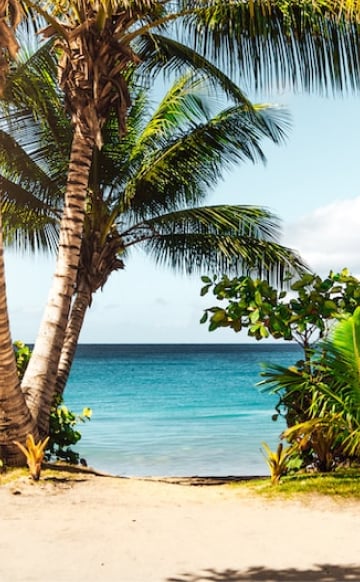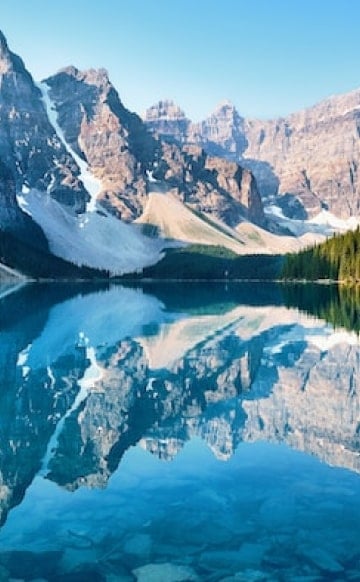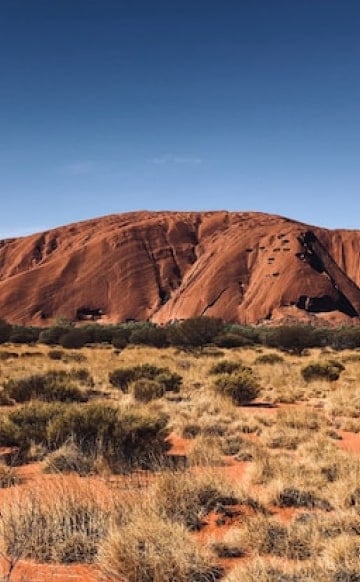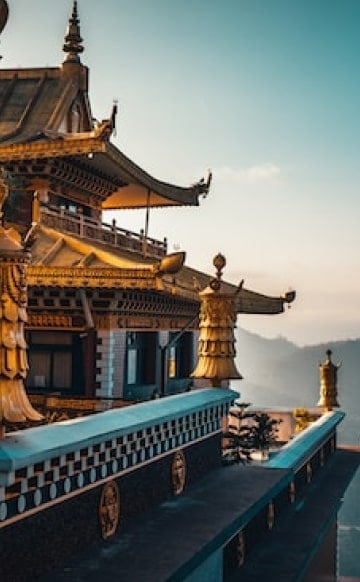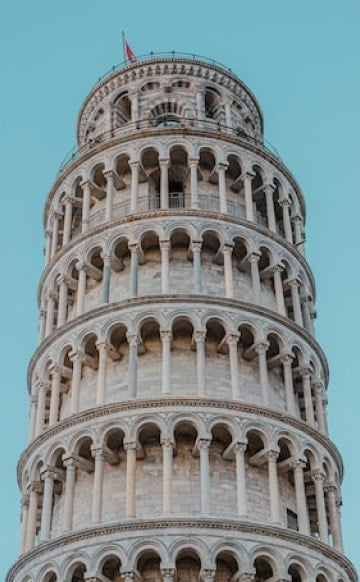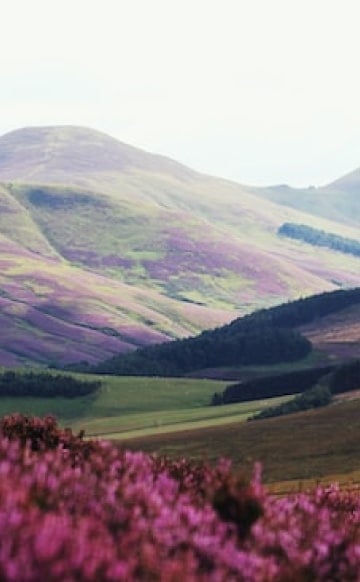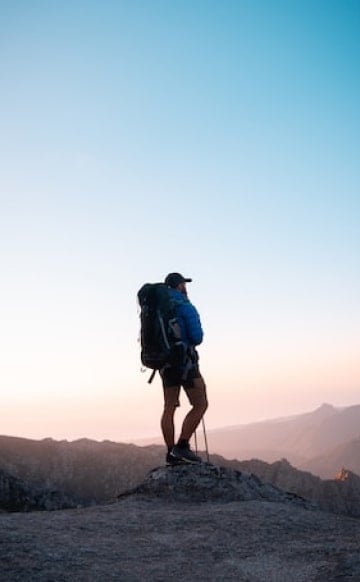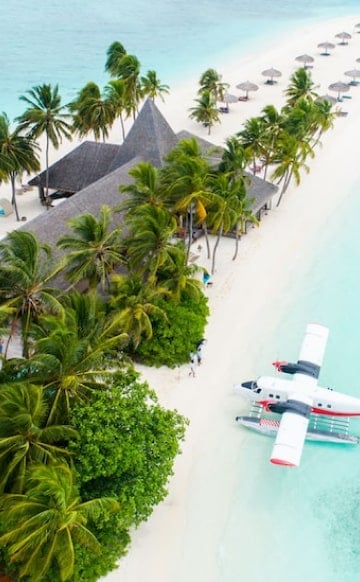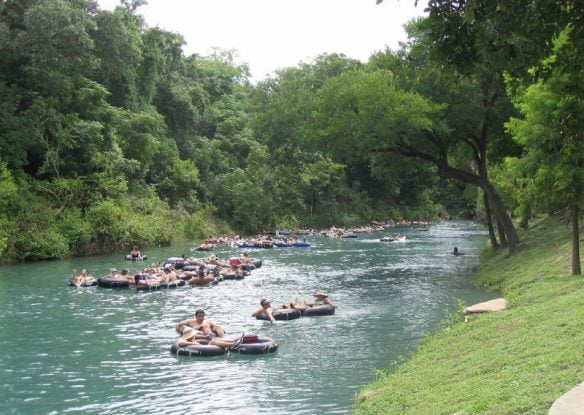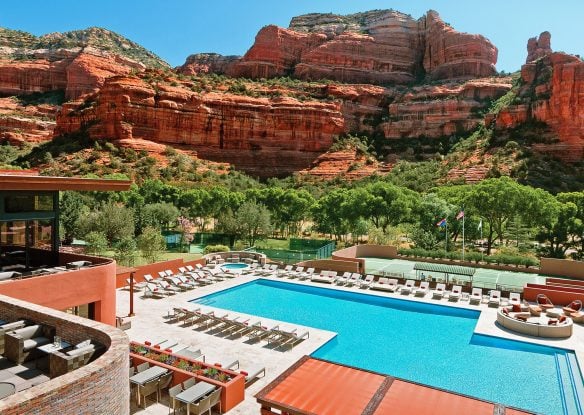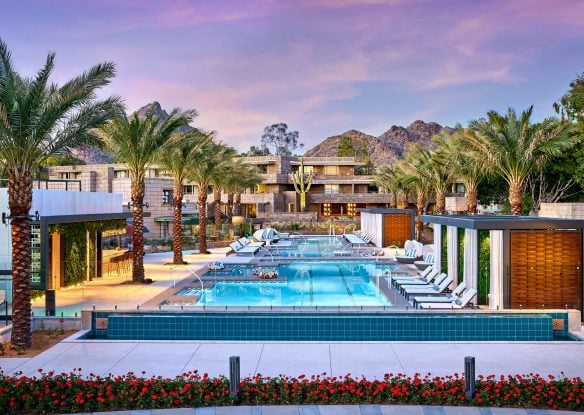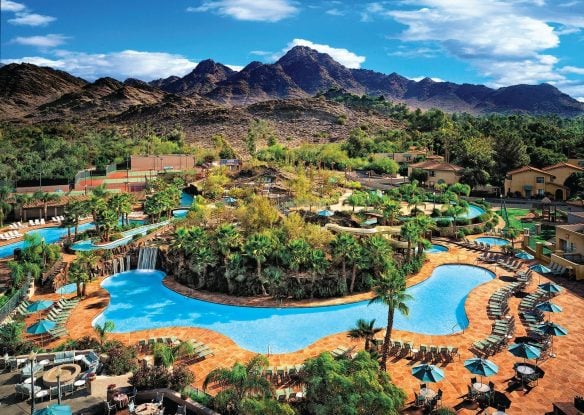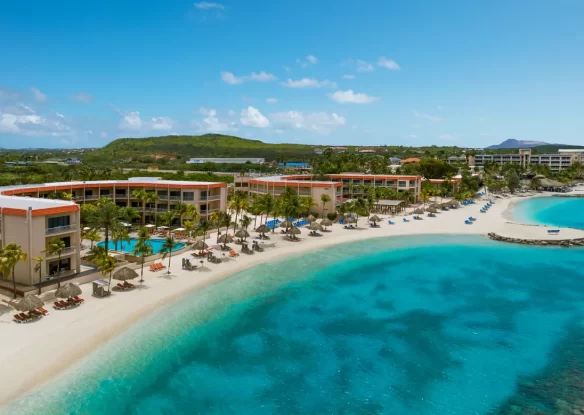Arizona is home to a long list of iconic views, from the majestic Grand Canyon to dreamy Havasu Falls, the legendary Monument Valley and beyond. If you’re looking for the best of the best, don’t miss things especially iconic vistas.

Havasu Falls
While it isn’t easy to get to, Havasu Falls, nestled in a remote area of the Grand Canyon, is well-worth the effort as a must-view for any waterfall lover. Its name translates to “people of the blue-green waters,” and set against fiery red rock canyon walls, the crystal clear, azure waters that take on remarkably brilliant hues due to high concentrations of calcium carbonate and magnesium, create a stunning contrast. The waters cascade down into travertine swimming holes below, offering one of the most extraordinary places on Earth to take a dip. To reach it, you’ll need to embark on a 10-mile hike, mule or horse ride, but of course, that just means you’ll yourself.

Antelope Canyon
Situated just outside of Page in the heart of Navajo Country, Antelope Canyon is said to be the world’s most photographed slot canyon. It’s made up of two separate canyons, and can only be accessed via a tour with a Navajo guide. Upper Antelope has wider walkways that make it easier to access and is famous for its incredibly dramatic light beams that create spectacular photographs. Guides will also share the history and geology of the canyon with bright red sandstone and seemingly flowing rocks that will literally take your breath away.

Saguaro National Park
Saguaro National Park protects and preserves a giant saguaro cactus forest that stretches across the valley floor near Tucson. Although the endless cacti that cover the picturesque Sonoran desert landscape are a remarkable sight to see, the park offers much more, including prehistoric petroglyphs, historic sites and wildlife viewing. Within the vast mountain ranges of the park, there a number of activities available such as scenic drives, bike trails and some 150 miles of hiking trails that will allow you to explore the area and the giant saguaros that sometimes reach as high as 50 feet. Late winter through early spring is an amazing time to be here, as temperatures are mild and the wildflowers are in bloom. Watch for animals like coyotes, desert tortoises and javelinas in the lower elevations, and the Mexican spotted owl, deer and black bear in the upper elevations of the park.

Monument Valley
Monument Valley is one of the nation’s most breathtaking and iconic landmarks, as well as what may be the most enduring image of the American West. It straddles the Utah and Arizona border on a Navajo Tribal Park, featuring isolated red mesas and buttes that were sculpted by the wind into hand-like shapes, scattered across the empty, sandy desert that’s been filmed and photographed countless times over the years. The landscape was immortalized in western movies like “The Searchers,” but there’s still nothing like seeing it in person. The natural colors really are as vivid as they seem on the big and small screen. The wide, flat and sometimes desolate terrain is interrupted by crumbling formations that rise hundreds of feet into the sky, as the last remnants of sandstone layers that once covered this entire region. The very best views can arguably be enjoyed at sunrise – time your visit just before the sun comes up to capture the sunrise behind East and West Mittens.

Sedona
Less than a two-hour drive north of Phoenix, there are few destinations on the planet that are more dramatically colorful as Sedona, with is soaring, fiery red rocks and jagged sandstone buttes that are jaw-droppingly striking against the nearly always vivid blue skies. The region has been attracting artists and other creative types for decades, while filmmakers have chosen the unique rock formations as the setting for movies like “Midnight Run” and “310 to Yuma.” It’s a favorite spot for anyone looking for outdoor adventure, including hiking and jeep tours, as well as sightseeing and even healing – people travel from around the world to experience the swirling centers of energy in this area that are known for being conducive to spiritual healing, meditation and self-exploration.

Horseshoe Bend
Horseshoe Bend is a horseshoe-shaped bend that the Colorado River forms as it meanders around the town of Page, in the Glen Canyon National Recreation Area, which stretches from the Orange Cliffs of southern Utah to Lees Ferry in Arizona. The 1.25 million-acre park includes nearly endless awe-inspiring scenic vistas, magnificent geologic formations, and a colorful and often dramatic human history. A short, less than three-quarters-of-a-mile hike from Route 89, near the town of Page, will bring you to Horseshoe Bend, considered one of America’s greatest natural wonders. The stunningly dramatic landscape offers outstanding hiking among the red rocks that overlook the river, as well as the chance to take some impressive photos, standing at the edge of the canyon.

Kitt Peak National Observatory
Some of the best views in Arizona can be enjoyed at night, as the state offers some of the most impressive starry skies you’ll ever see. The Kitt Peak National Observatory, located 56 miles southwest of Tucson, is the second-highest point in the Quinlan Mountains, part of the 2.8-million acre reservation of the Tohono O’odham Nation. The mountain’s elevation is one of the primary reasons the National Optical Astronomy Observatory, the national center for ground-based nighttime astronomy, chose this site in the 1950s as its primary base of operations in the U.S. It hosts the most diverse collection of astronomical observatories on the planet for both nighttime optical and infrared astronomy and daytime Sun study. The observatory features three major nighttime telescopes and an array of nightly observing programs.

London Bridge
London Bridge initially spanned the River Thames in London until it was discovered that is was sinking into the river Thames – just like the famous tune, the London Bridge was literally falling down. The founder of Lake Havasu City, which lies by the Colorado River on a 45-mile stretch of clear water amid the desert peaks of western Arizona about 150 miles from Las Vegas, purchased the bridge for nearly $2.5 million and spent another $7,000,000 transporting the bridge to its current location in 1971. Today, it’s the second largest attraction in Arizona, behind only the Grand Canyon. You can drive, or walk across, this 950-foot-long piece of history and it’ll feel like you’re in two places at once. Lake Havasu Visitor Center also offers tour of London Bridge and English Village, which features English-themed retailers.

Emerald Cove
Located on the Colorado River in the Black Canyon, a popular paddler’s paradise just 45 minutes from Las Vegas, Emerald Cove is aptly named, with its iridescent magical green-hued waters so striking it’s almost eerie. While you wouldn’t expect icy cold waters, steep rock cliffs, mysterious caves and ravines with hot springs in the Mojave Desert, here it is. To see it for yourself, you’ll have to join a half-day kayak trip, offered by a number of area outfitters. It’s just a 4-mile round trip excursion, two miles upstream from Willow Beach. Emerald Cove is also an ideal place for picnicking, and in the afternoon light, incredible for picture-postcard photographs.

Window Rock
Window Rock Navajo Tribal Park features the graceful redstone arch for which the capital is named. Here you can stand in the only place in the world where you can simultaneously be in four states at once, as well as be enveloped by some of America’s most striking scenic beauty. The Navajo Nation built a Veterans Memorial at the base of Window Rock to honor the many Navajos who served in the U. S. military- many Navajo soldiers are recognized in the annals of history for their role as Code Talkers, whereby they used the Navajo language to create a code that was never broken by the enemy. Window Rock also plays host to multiple events, like the Annual Fourth of July PRCA Rodeo and the Navajo Nation Fair, where you’ll see colorfully dressed elders in traditional attire, lots of cowboys and traditional dances as well as have the chance to taste the native cuisine and purchase exceptional handmade crafts.

Grand Canyon National Park
Visiting Grand Canyon National Park, one of America’s most popular national parks, brings the chance to experience a wide variety of views and attractions. Start out at the South Rim, taking in the spectacular vistas of one of the most stunning natural formations in the world, and if you want a closer look, embark on a mule ride down to the bottom or take a helicopter tour. Afterward, be sure to take the five-hour drive to the North Rim, the less-visited and far less crowded region of the park where you’ll find more incredible panoramic views as well as plenty of twisting trails to enjoy them from.

